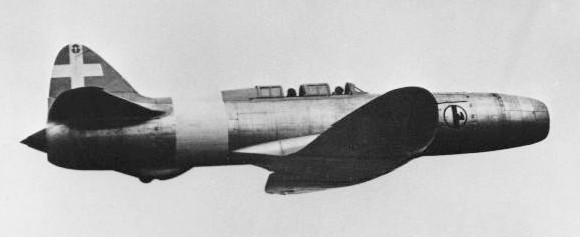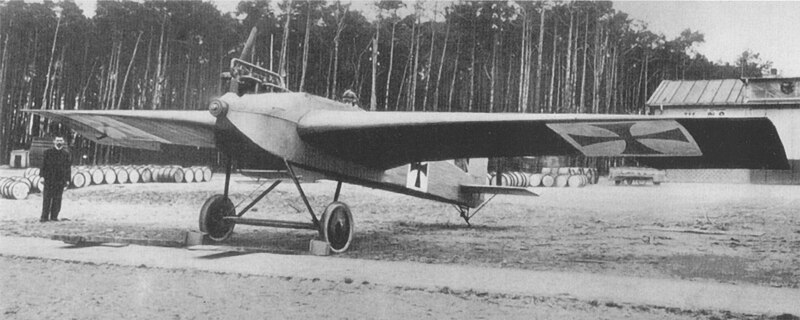Riain
Banned
There have been a few threads about earlier jets lately, which as usual get shot down.
But what are some realistic PoDs to get earlier jet engines?
Perhaps Whittle not making the mathematical error that AA Griffith picked up in 1929. This could allow Whittle to build this:

in 1930 rather than 1937 to prove the concept.
There are plenty of later PoDs but this is the earliest one I can think of.
But what are some realistic PoDs to get earlier jet engines?
Perhaps Whittle not making the mathematical error that AA Griffith picked up in 1929. This could allow Whittle to build this:

in 1930 rather than 1937 to prove the concept.
There are plenty of later PoDs but this is the earliest one I can think of.




